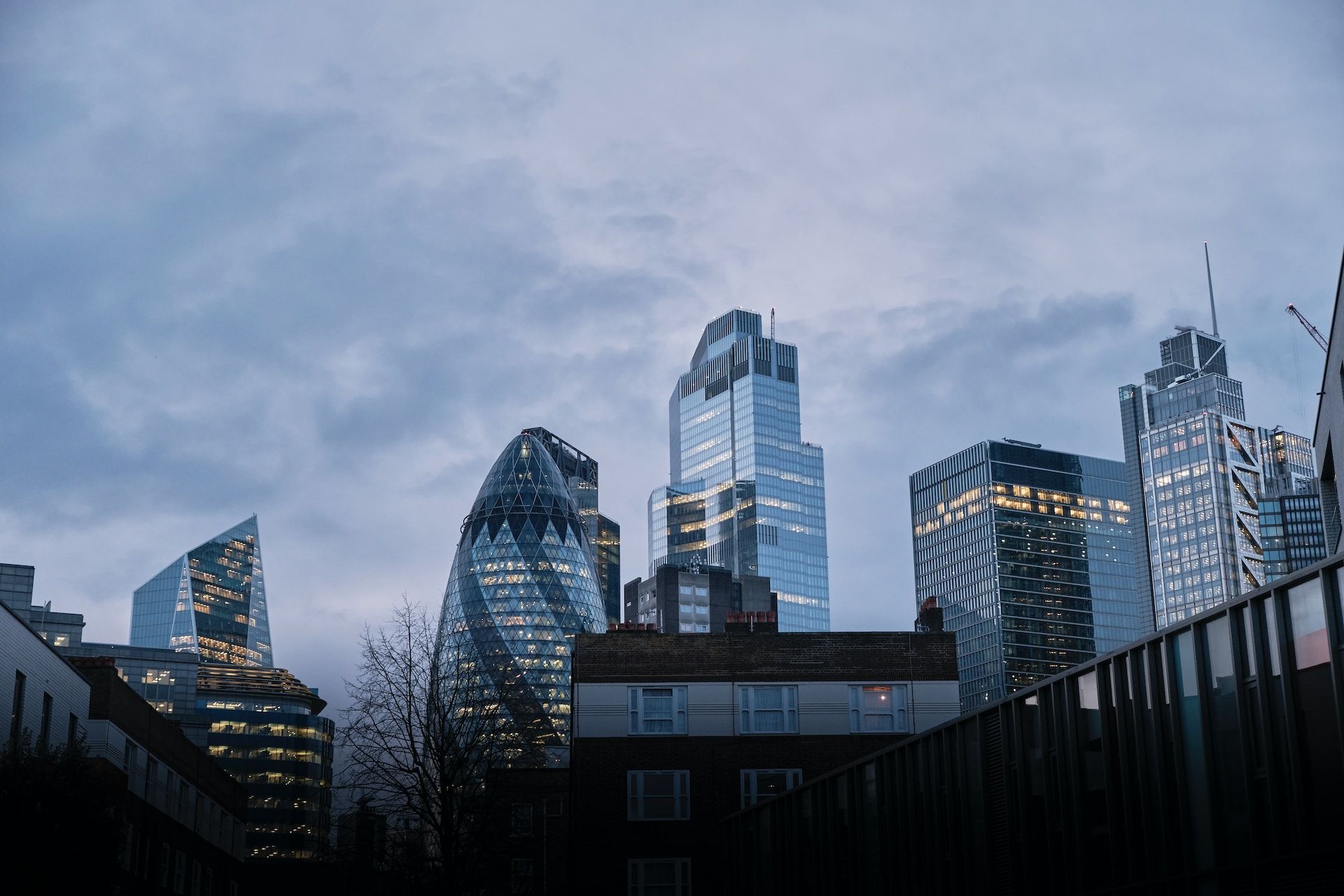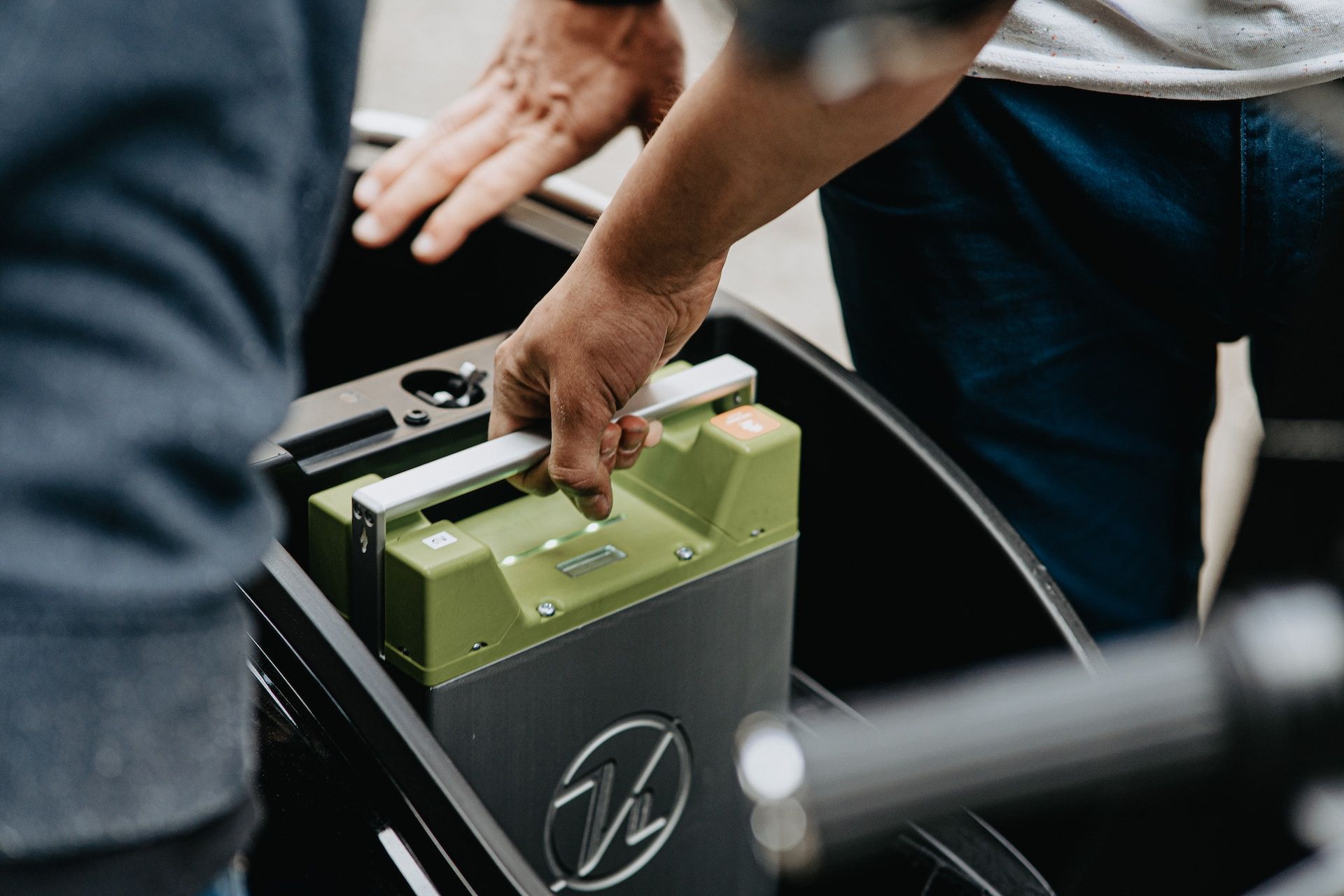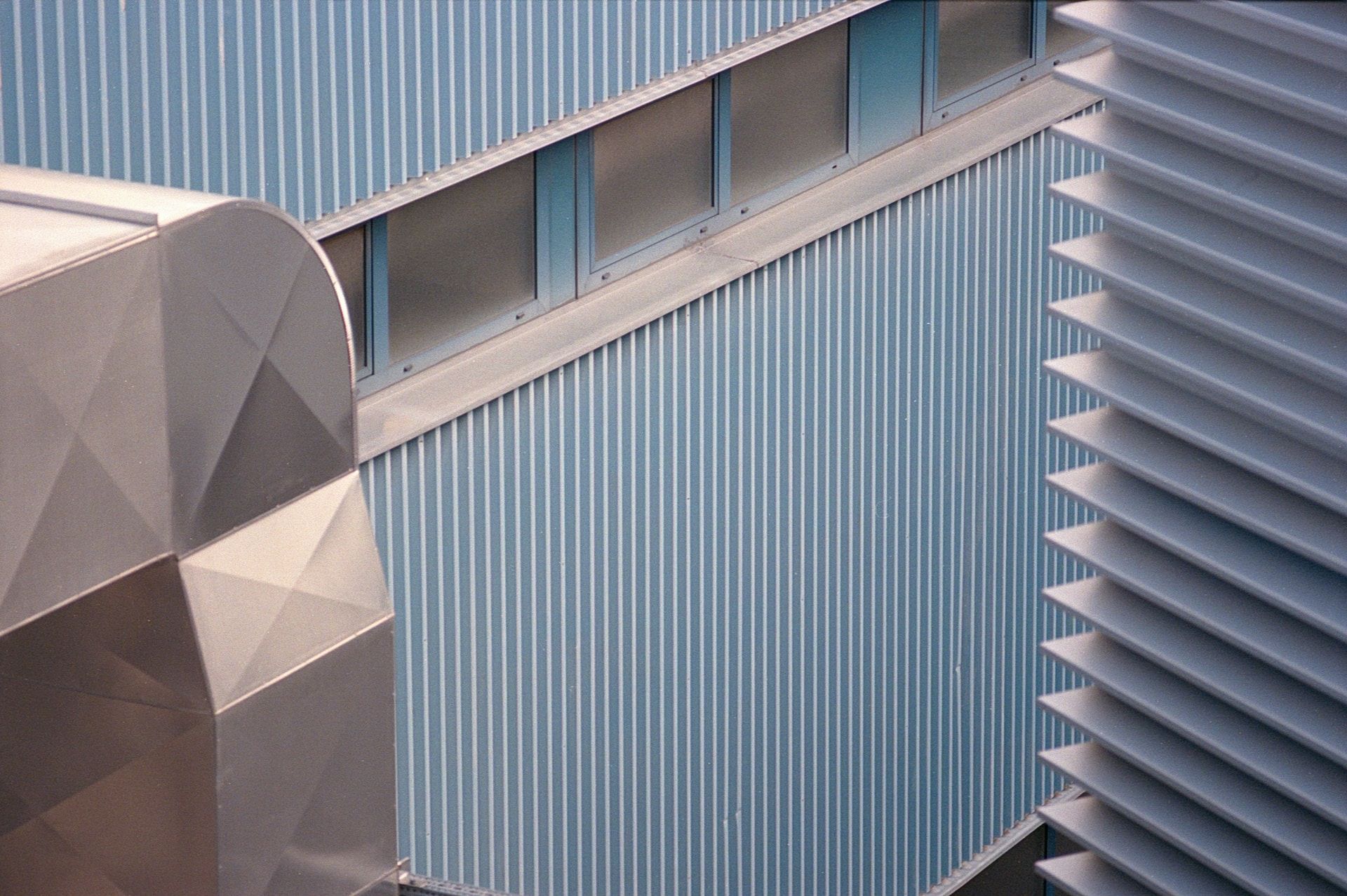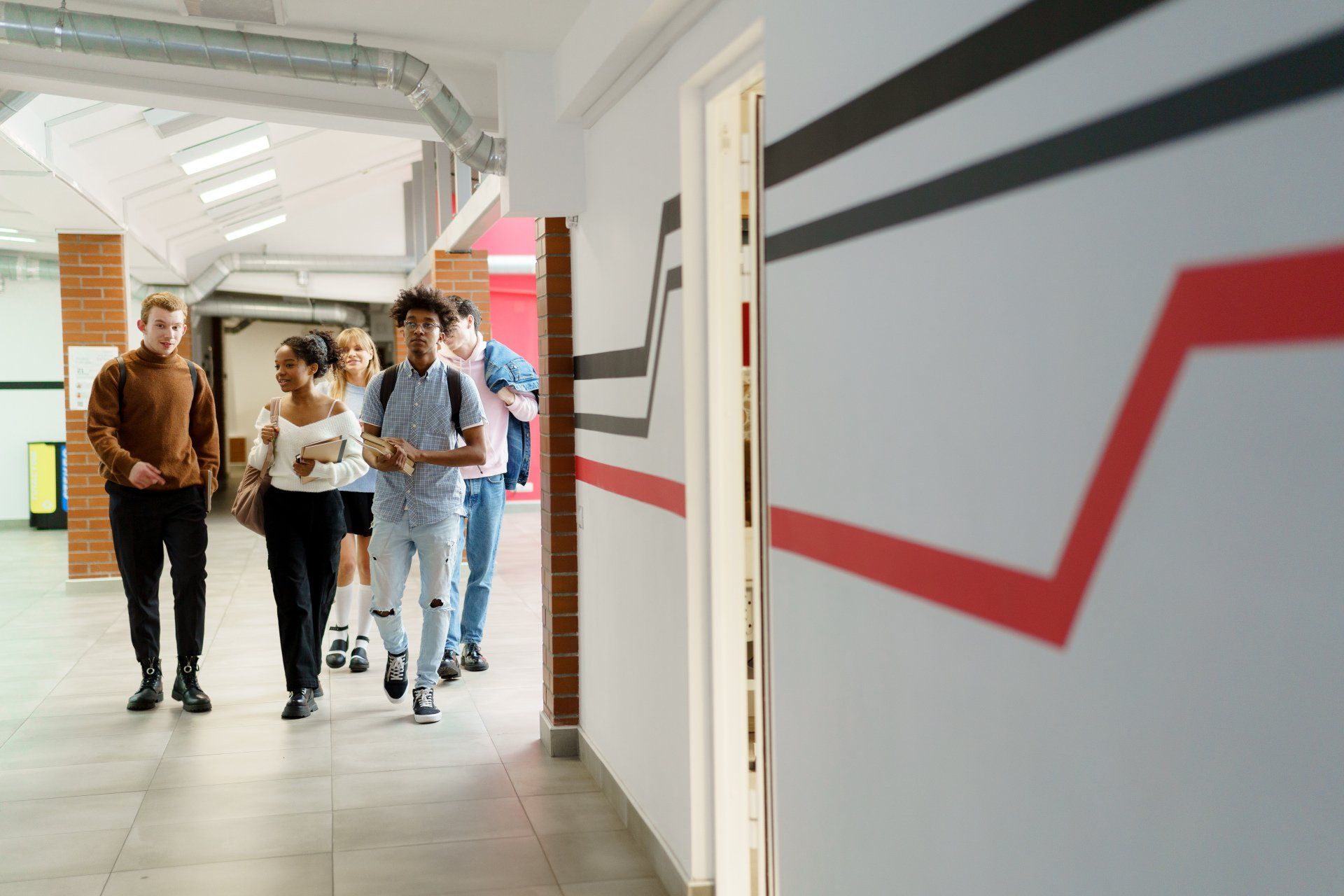Contact Us | Call: 01420 481573 | Email: info@mesh-energy.com
The Tech Behind Low-Energy Commercial Projects: The 5 Key Benefits
Incorporating low-energy solutions like solar PV, battery systems, and other energy-efficient technologies into commercial buildings offers several key benefits. We cover the top 5 in our latest blog.
Cost savings
One of the primary benefits of incorporating low-energy solutions is cost savings. By reducing reliance on traditional energy sources and optimising energy consumption, commercial buildings can significantly lower their energy bills over time. Solar PV systems generate electricity from the sun for free, reducing the need to purchase electricity from the grid. Battery systems help store and optimise the use of this generated energy, further reducing demand charges and off-peak electricity rates. By investing in energy-efficient technologies, businesses can experience long-term cost savings, which can positively impact their bottom line.
Environmental sustainability
Low-energy solutions contribute to environmental sustainability by reducing carbon emissions and dependence on fossil fuels. Solar PV systems generate clean electricity, resulting in a significant reduction in greenhouse gas emissions compared to traditional energy sources. By adopting renewable energy sources and implementing energy-efficient practices, commercial buildings can minimise their environmental footprint and contribute to a greener, more sustainable future.
Energy independence and resilience
Incorporating low-energy solutions enhances energy independence and resilience for commercial buildings. Solar PV systems combined with battery storage provide a level of energy self-sufficiency, reducing dependence on the grid and increasing energy security. During power outages or grid disruptions, battery systems can provide backup power, ensuring critical operations continue uninterrupted. This enhanced energy independence and resilience can be particularly valuable for businesses that require continuous power supply or operate in areas with unreliable grids.
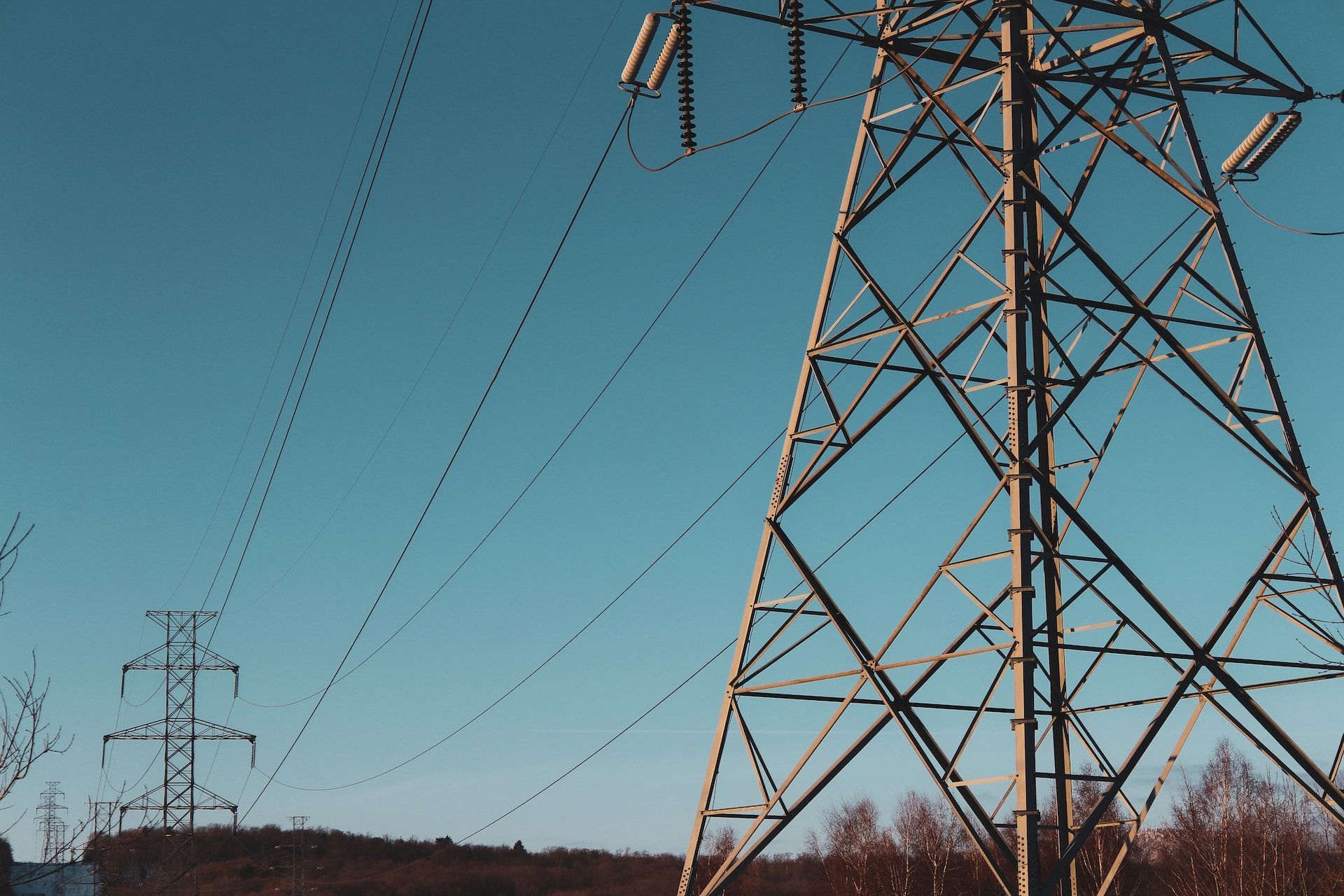
Improved building value and marketability
Commercial buildings that incorporate low- energy solutions often gain increased value and marketability. Energy-efficient and sustainable buildings are increasingly sought after by tenants, investors, and customers who prioritise environmental responsibility and operational cost savings. Green building certifications, such as LEED (Leadership in Energy and Environmental Design) or BREEAM (Building Research Establishment Environmental Assessment Method), can further enhance a building's reputation and market appeal.
Regulatory compliance and incentives
Incorporating low-energy solutions helps commercial buildings comply with energy efficiency regulations and sustainability standards. The UK is tightening up on the EPC ratings of commercial buildings and have implemented energy regulations (most notable MEES: Minimum Energy Efficiency Standards) that requires let buildings to meet specific energy efficiency criteria. By integrating energy- efficient technologies, businesses can ensure compliance and avoid penalties. Additionally, various financial incentives, such as tax credits, grants, or rebates, are often available to support the adoption of low-energy solutions. Taking advantage of these incentives can further offset the initial investment and accelerate the return on investment for energy-efficient upgrades.
In conclusion
The key benefits of incorporating low-energy solutions into commercial buildings include cost savings, environmental sustainability, energy independence and resilience, improved building value and marketability, as well as compliance with regulations and access to incentives. These advantages make a compelling case for businesses to invest in energy-efficient technologies, look beyond capital cost alone and embrace sustainable practices. To understand more about the technology that can be applied to your next low-energy commercial project, get in touch with Mesh today.

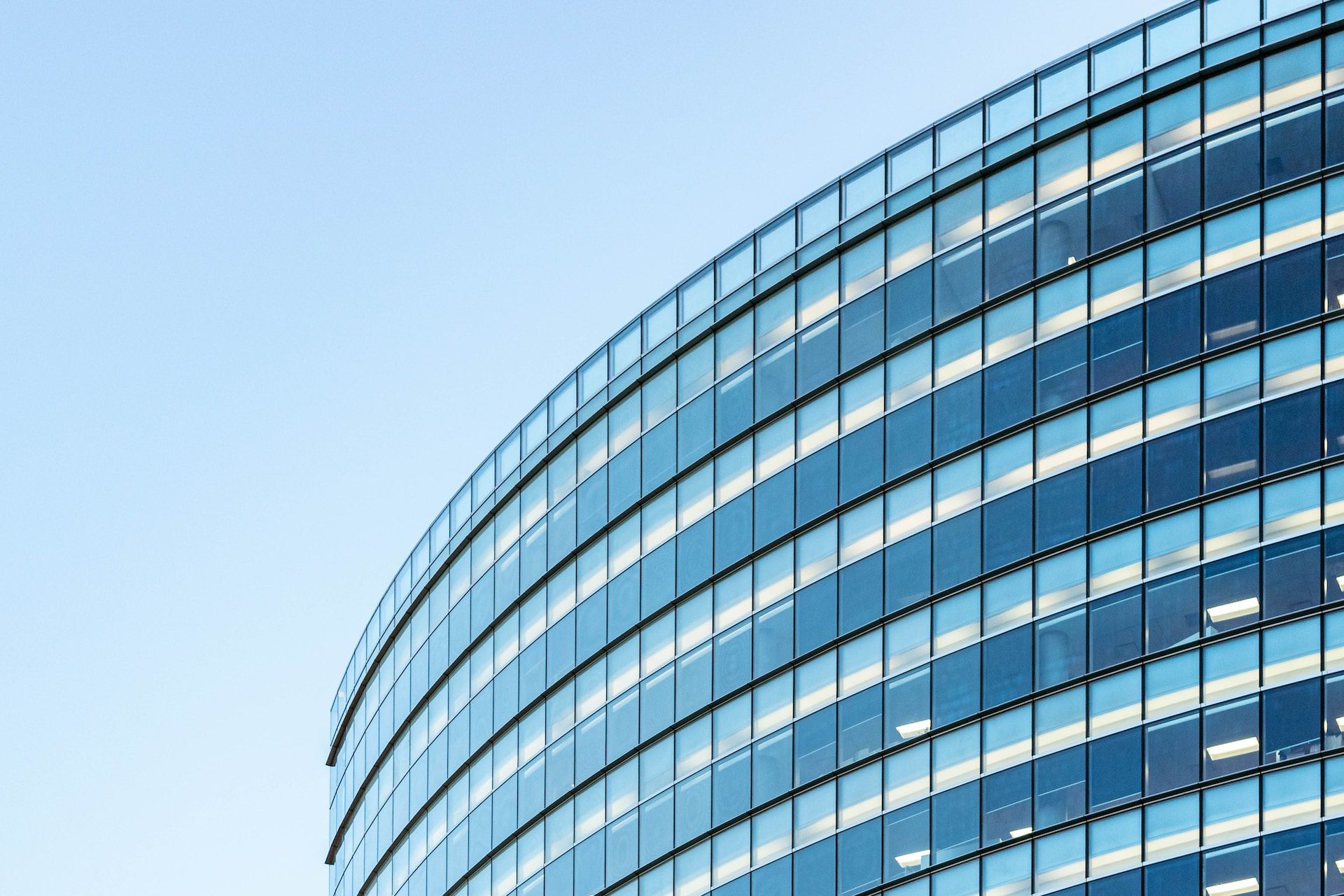


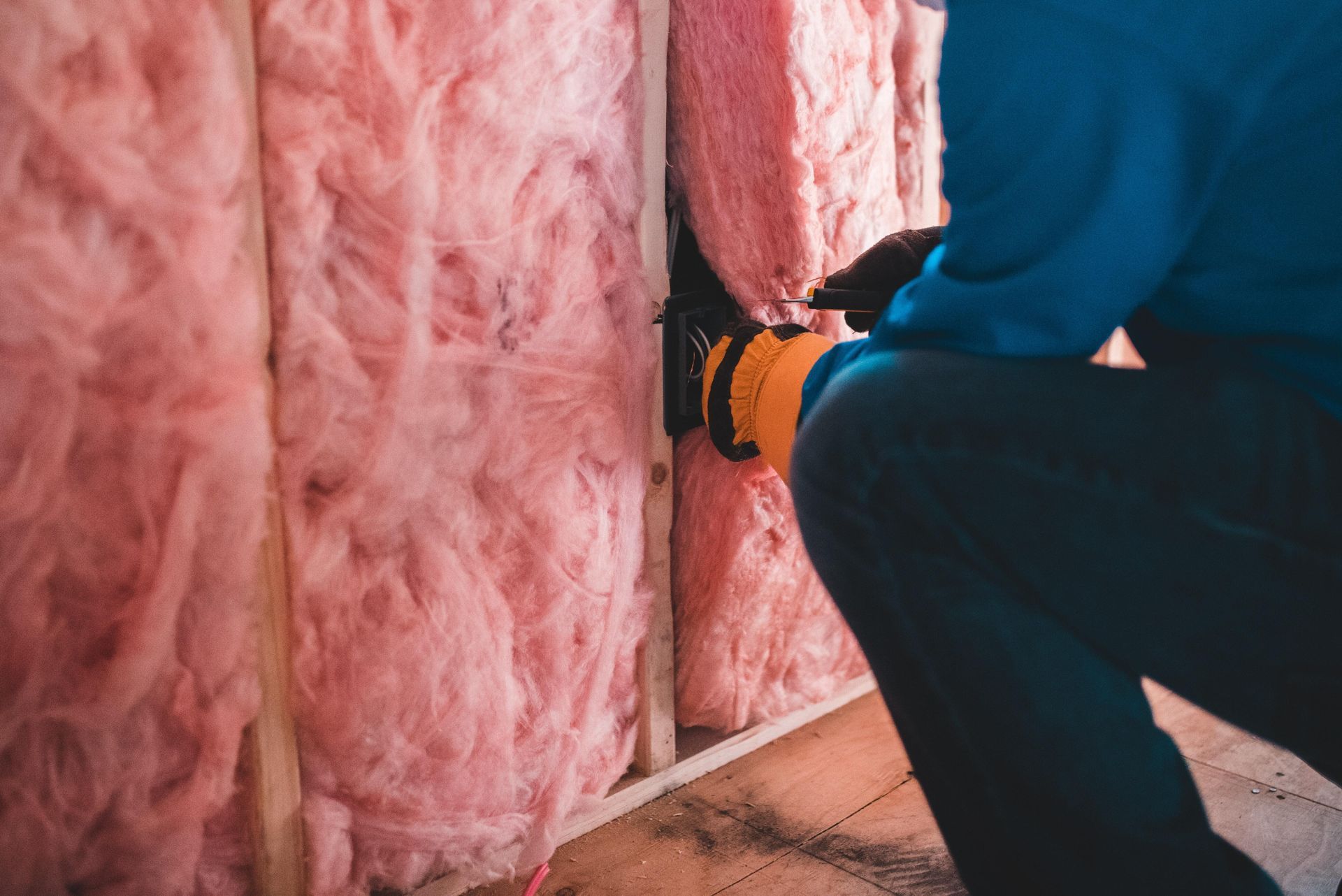
Subsribe to memo from mesh
Thank you for subscribing to the Mesh newsletter. Keep an eye out for our value-packed emails landing in your inbox!
Please try again later
RIGHT FIRST TIME BOOK
Order your copy today
DOWNLOAD THE HEAT PUMP HERO APP
Calculate your savings and source accredited installers today
Address: Cambridge House, 8 East Street, Farnham, England, GU9 7RX |
Tel: 01420 481573 |
Email: info@mesh-energy.com
Company No. 09524252 •
Privacy Policy


